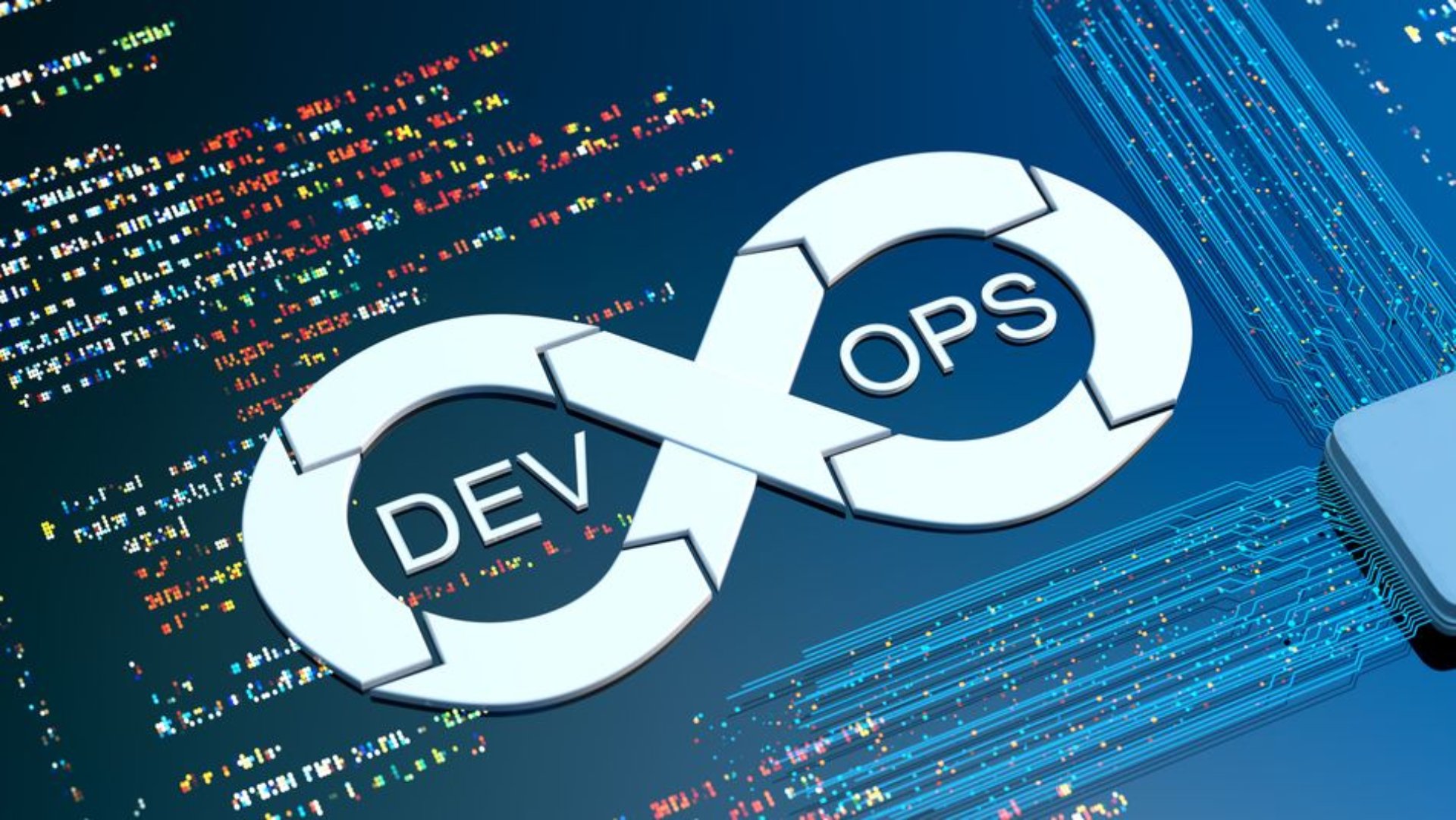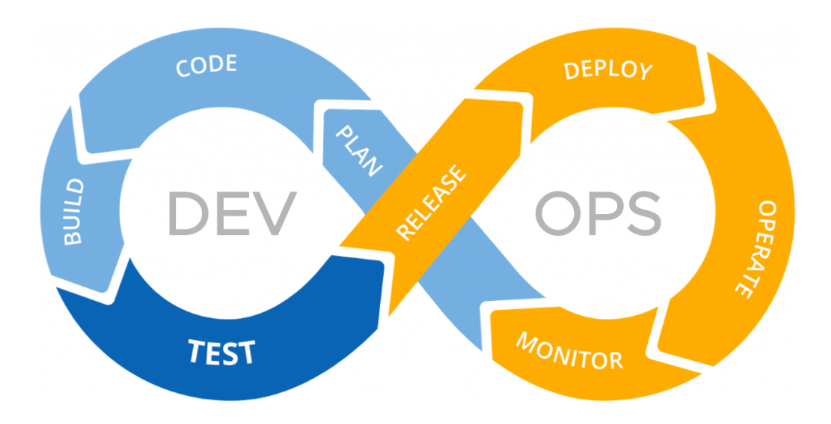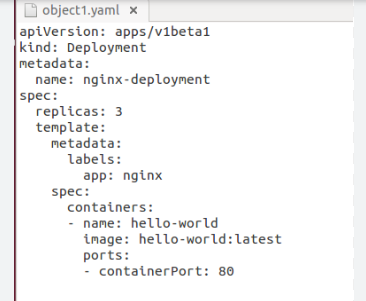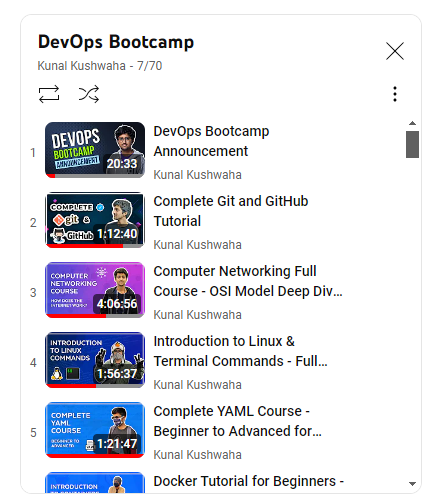Your First Steps into DevOps
 Muhammad Sannan Umer
Muhammad Sannan Umer
If you’re just starting your journey in DevOps, welcome aboard! It’s an exciting field that combines development and operations, helping companies release code faster and more reliably. But let’s take a step back—what exactly is DevOps?
What is DevOps?

At its core, DevOps is a combination of “Development” and “Operations.” It’s all about collaboration between software developers and IT professionals to automate processes, from writing code to deploying it into production.
Here’s why it’s game-changing:
Speed: You can release updates faster and more frequently.
Reliability: Automated processes help reduce the chance of human error.
Scalability: It allows for better management of infrastructure as your business grows.
The DevOps process typically involves several stages:
Planning: Identify new features or bug fixes.
Development: Write the code for those features or fixes.
Testing: Automatically test your code.
Deployment: Push your code live, often with automated systems.
Monitoring and Maintenance: Keep an eye on the live system and address any issues that arise.
DevOps doesn’t just stop when the code goes live. It’s a continuous cycle that ensures your system stays healthy and evolves over time.
Now, let’s dive into how you can take your first steps into this exciting world.
Getting the Basics Right
Before jumping into DevOps, you need a strong foundation. Here are three key areas you should focus on:
Networking
Linux
Git/GitHub
Networking: Understanding the Basics
Networking is essential in DevOps. You need to understand how data travels between computers, how servers communicate, and how the internet works. Basic concepts like IP addresses, DNS, and firewalls are crucial.
A good understanding of networking helps when you’re configuring cloud environments, managing containers, or setting up load balancers.
Linux: Your Best Friend
Most servers run on Linux, so you need to be comfortable using it. Don’t worry; you don’t need to be a Linux guru to start with DevOps, but knowing your way around basic Linux commands (like cd, ls, and sudo) is a must.
You’ll also encounter tools like Shell scripting, which can automate repetitive tasks in a Linux environment.
Git/GitHub: Version Control Made Simple
Git is a version control system that allows multiple people to work on a project without overwriting each other's work. GitHub is a platform where you can store your Git repositories and collaborate with others.
Learning Git is critical in DevOps because it’s how you manage the code throughout its lifecycle. You’ll use Git to track changes, roll back if something goes wrong, and collaborate with teams.
Data Serialization and YAML Files
In the world of DevOps, you’ll often work with data serialization formats. But what does that mean? Data serialization is simply converting data into a format that can be easily stored or transmitted. In DevOps, one of the most common formats is YAML (Yet Another Markup Language).

Why YAML?
YAML is super important because it’s used to configure infrastructure, especially with tools like Kubernetes (a container orchestration tool). YAML files are easy to read and write, making them perfect for configuration.
In a Kubernetes environment, you’ll define how your applications should run in YAML files—things like how many replicas of a service you want or how to manage scaling. Mastering YAML will help you configure and manage complex systems.
Great Learning Resources
I highly recommend checking out Kunal Kushwaha’s DevOps Bootcamp. It’s an amazing free resource that will guide you through the fundamentals and even advanced topics in DevOps. You can find it here.

Also, check out this Savinder Puri video, which dives into the do’s and don’ts of DevOps and provides a complete roadmap to follow: Do not DO THIS DevOps. It’s a fantastic video for understanding the DevOps mindset and tools.

Tips and Tricks
Now that you’ve started your journey, here are a few tips to help you stay on track:
Contribute to Open Source
One of the best ways to improve your DevOps skills is by contributing to open-source projects. It’s a great way to practice, learn from others, and give back to the community. Plus, it looks great on your resume!
Public Learning Initiative
As you progress, don’t be afraid to share what you’re learning. Post your experiences on platforms like LinkedIn or Hashnode (just like this blog!). Public learning not only helps you solidify your knowledge but also builds your network in the DevOps community.
Wrapping It Up
Starting your journey in DevOps can seem overwhelming, but breaking it down step-by-step makes it manageable. Begin with the basics like networking, Linux, and Git/GitHub, then move into learning how to handle configurations using YAML files. Always remember, learning DevOps is a continuous process. Stay curious, keep experimenting, and most importantly—enjoy the journey!
Good luck, and welcome to the world of DevOps!
Subscribe to my newsletter
Read articles from Muhammad Sannan Umer directly inside your inbox. Subscribe to the newsletter, and don't miss out.
Written by

Muhammad Sannan Umer
Muhammad Sannan Umer
I'm slow, but determined and will be big someday. https://leetcode.com/u/sannanumer/